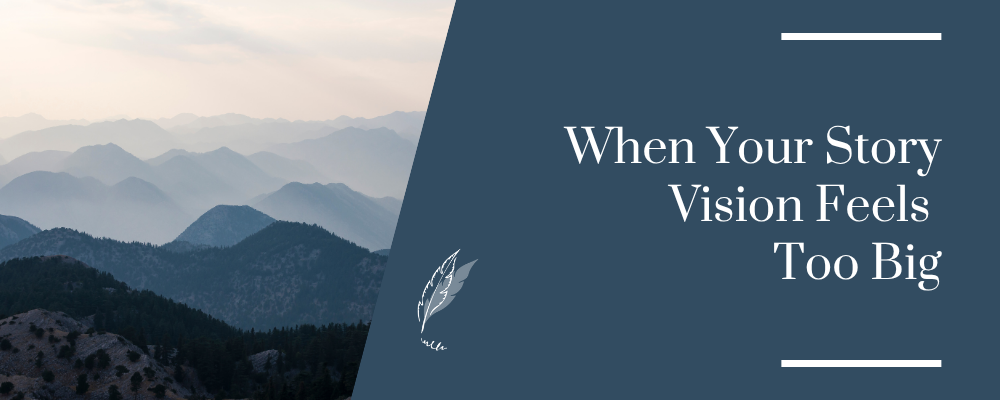I suspect that I’m not the only writer out there who has sometimes felt overwhelmed by their story vision. The biggest challenge at first is… where do I begin telling my story?
Let’s say that I want to share my experience of long-distance running. As I begin writing, I become flooded by the sensory details of my first-ever run. I write about how, over time, my resistance to exercise slowly transformed into enjoyment, the breathlessness and ache of pushing past my previous limits, and all the other details leading up to – at the age of 55 – ultimately running a half-marathon.
I might write ten thousand words describing my favorite running locations, my first race, and my go-to running buddies before I realize two things: First, that I still haven’t written what I originally envisioned, and second, that my writing is lacking engaging details.
Short Assignments
Anne Lamott talks about “Short Assignments” in her book, Bird by Bird. Her suggestion is to write down what you can see through a 1-inch (2.5 cm) picture frame – to zoom into a small piece of your story and write one paragraph.
So to begin writing about running, I choose to start by remembering the first time I ran a mile at an Outward Bound wilderness program. I was 19, very out of shape, and unused to strenuous physical activity.
“This is where it all began.”
I use this as my prompt for a ten-minute timed writing period, and words emerge onto the page, deeply connected to the body, rather than what I “think” I “should” be writing. As writers, we’re always in the process of expanding our visions to see the BIG picture of our whole story and then having to contract our focus to add rich detail.
I imagine a camera lens zooming in on 19-year-old, out-of-shape, overweight Marie who felt annoyed that she was obligated to run that first morning. Then the camera pans out to the larger vision, where I’ve become more committed to being physically active, seeking out opportunities to hike and explore alpine trails.
Be Specific
During an online course with Natalie Goldberg, she spoke about the importance of being specific. “Not car, but Impala,” I heard her say. “Not tree, but ancient cedar.” This is the writer’s equivalent of a zoom lens. She also mentioned William Carlos Williams, who spoke about how if you describe one detail well, you create the whole world.
I have found this to be true. So I take time to describe my late adolescent sedentary lifestyle, how I felt locked into making poor choices, and my desire to break out of the direction I was heading. Now my words come alive, anchored in my sensory experience and the bigger vision I want to share.
When you dig deeper into your experience and provide specific details, you are also developing a relationship with your readers. This process does require a certain measure of courage, a willingness to be vulnerable. A small frame can help with managing how much detail to include, and how much to reveal. The details you provide invite your readers to enter into relationship with you, into the vision and sensory experience you have created on the page.
Your words have the capacity to activate their senses, recalling their own specific experiences. Connection builds through this process. This is the power of writing and sharing, which I firmly believe is all about creating relationship. One detail at a time.



